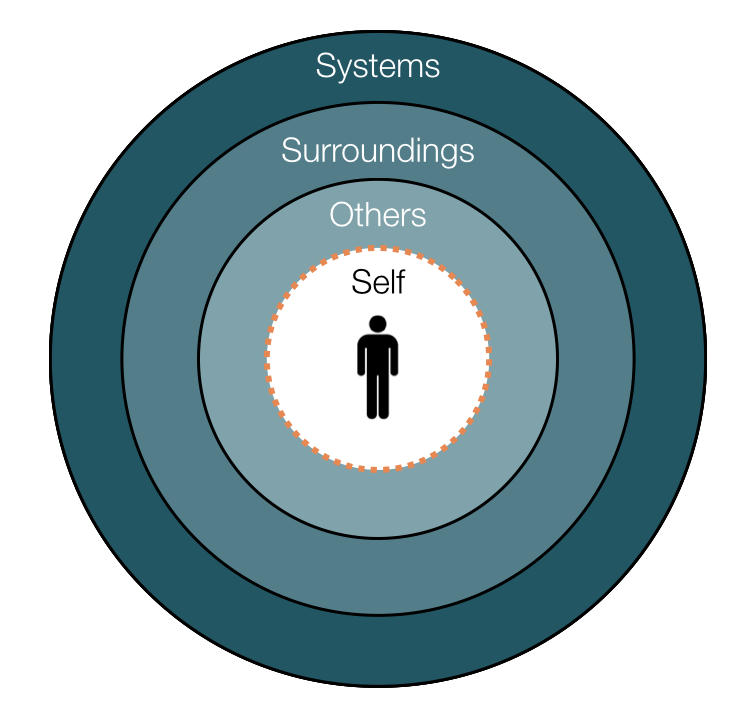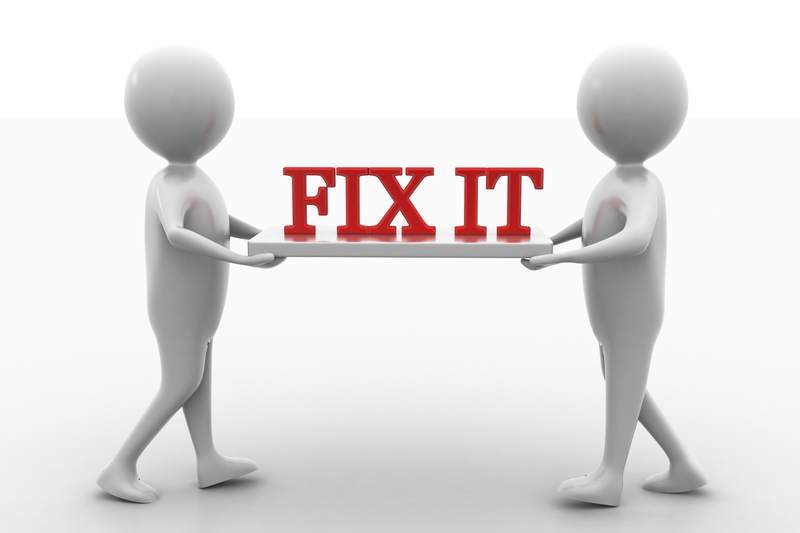If you work in the airline or healthcare industries, you are probably already familiar with Crew Resource Management (CRM) training. CRM training was an outgrowth of evaluations of catastrophic airline crashes that were deemed to be due to “human error”. The original idea behind CRM was to capitalize on the knowledge and observations of other crew/team members when the pilot or doctor was seen doing something that could lead to an incident. The goal is to help crew members develop the skills necessary to successfully anticipate and recognize hazards and then correct the situation. Recently, the energy industry has begun to provide guidelines for member companies to implement CRM training in an attempt to avoid catastrophic events like the Macondo and Montara blowouts.* CRM training focuses on six non-technical areas needed to reduce the chances of “human error”. These six areas are:
- Situation Awareness This involves vigilance and the gathering, processing and understanding of information relative to current or future risk.
- Decision Making This involves skills needed to evaluate information prior to determining the best course of action, selecting the best option and implementing and evaluating decisions.
- Communication This involves skills needed to clearly communicate information, including decisions so that others understand their role in implementation. It also involves skills for speaking up when another person is observed acting in an unsafe manner.
- Teamwork This involves an understanding of current team roles and how each individual's performance and interaction with others (including conflict resolution) can impact results.
- Leadership This involves the skills and attributes needed to have others follow when necessary. It also includes the ability to plan, delegate, direct and facilitate as needed.
- Factors that impact human performance Typically this category has focused on stress and fatigue as contributors to unsafe actions or conditions. However, drawing from the wealth of Human Factors research, we view this category more broadly and feel that it includes the many ways in which human performance is impacted by the interaction between people and their working contexts.
We have been writing on these skill areas in our blogs and newsletters for several years and thought that some of our work on these subjects might be beneficial to our readers who are either currently working to implement CRM training or evaluating the need to do so. If you have been following our writings, you will already know that we take a Human Factors approach to performance improvement (including safety performance), which involves an understanding of the contextual factors that impact performance deemed to be “human error”. It is our view that, while human error is almost always a component of failure, it is seldom the sufficient cause. We hope that this link to our archive of Crew Resource Management related posts will be useful and thought-provoking. For ease of access, you can either click on one of the six CRM skill sets described above, or the Crew Resource Management link, which includes all related writings from the six skill sets.
*OGP: Crew Resource Management for Well Operations, Report 501, April, 2014. IOGP: Guidelines for implementing Well Operations Crew Resource Management training, Report 502, December, 2014 The EI Report: Guidance on Crew Resource Management (CRM) and non-technical skills training programmes, 1st edition, 2014.



















